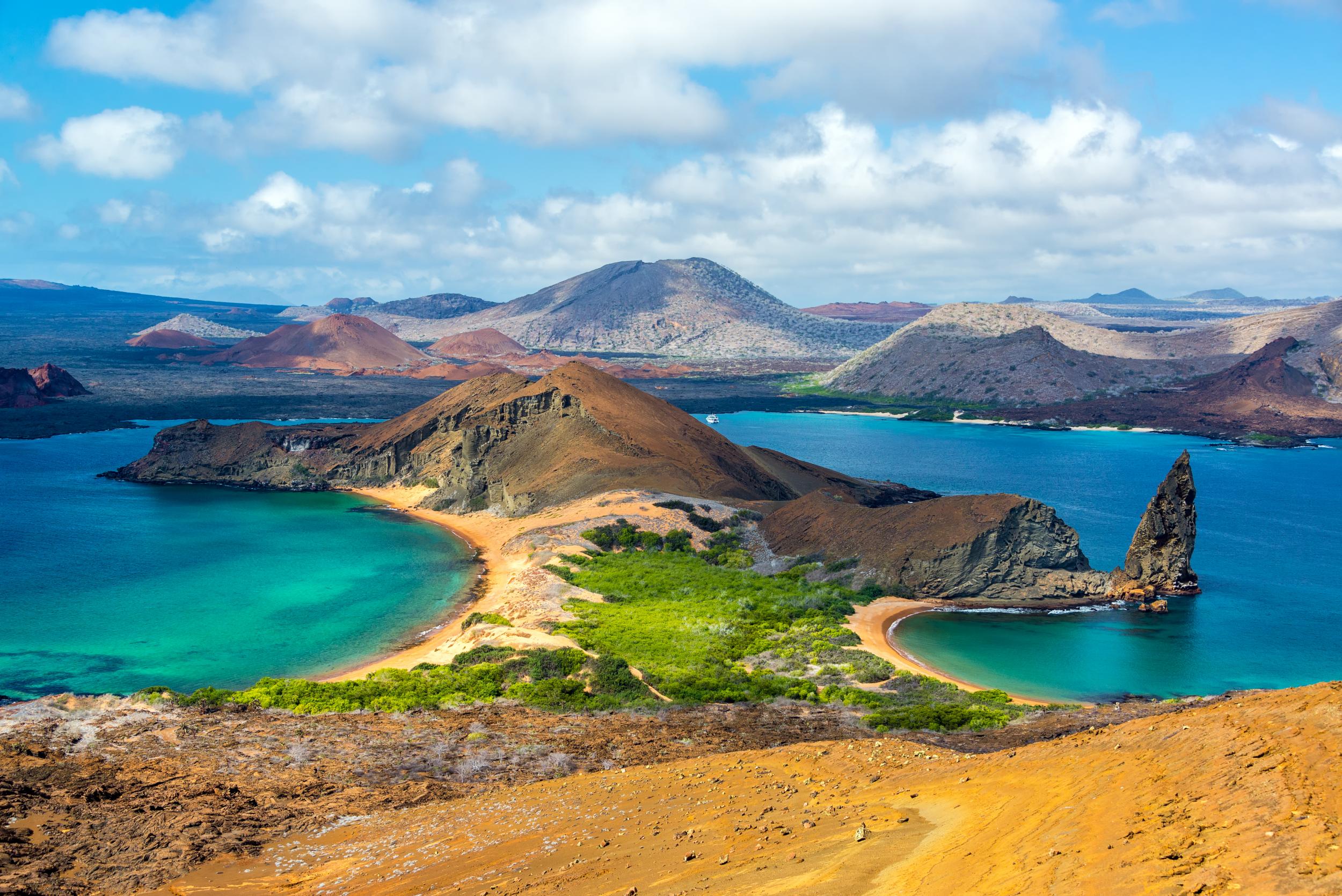How organisations are fighting to protect at-risk species
From the Galápagos Islands to New Zealand, conservation projects are winning the battle to save endangered animals

In the middle of the Pacific Ocean you’ll find an archipelago where animals do not fear man; a place where it is possible to walk amid giant tortoises, sea lions and penguins, as if both you and them were one and the same. This land inspired Charles Darwin’s theory of evolution: it is called the Galápagos Islands. And, currently, its wildlife is at risk…
Overfishing, invasive species, manmade changes to habitat — these are some of challenges facing the fauna of the Galápagos Islands.

Its scalloped hammerhead shark, for instance, is seeing its population decrease, thanks to illegal fisheries on the hunt for the prized ingredient to Far Eastern delicacy, shark fin soup.
Other marine life — Galápagos green turtles and the Galápagos penguin — succumb to the devastating effects of plastic pollution, while nonindigenous land species, such as cats and rats, have forced the Floreana mockingbird and Galápagos racer into local extinction.
The Galapagos Conservation Trust is battling to protect the islands’ species from further decline, and so far, it is winning the fight.
Through such projects as Connecting With Nature, Plastic-Free Galápagos and Restoring Floreana, the islands’ indigenous creatures now stand a chance of survival.

It is a conservational feat, and it is by no means alone. Such results as this can be seen through other ecological projects taking place around the world. In New Zealand — another country in the Pacific — charity Kiwis for kiwi is fighting to protect the country’s endangered and iconic national bird, the kiwi, from predators that man introduced.
In the Galápagos Islands, in New Zealand, and all over the world, it is possible to reverse the damage we have done to our planet’s wildlife. We must now come together to make it happen.
Protecting the kiwi
In New Zealand, charity Kiwis for kiwi, in association with Old Mout Cider, has created predator-free islands on which to nurture and protect the endangered kiwi. It is an environment mimicking that which existed before the arrival of man; a time when New Zealand was inhabited almost exclusively by birds, and had no mammal predators at all.
In the case of this project — and the Galapagos Conservation Trust — it’s about going back to nature to move forward.
Join Old Mout Cider in the fight to help save the kiwi by signing up to the campaign.
